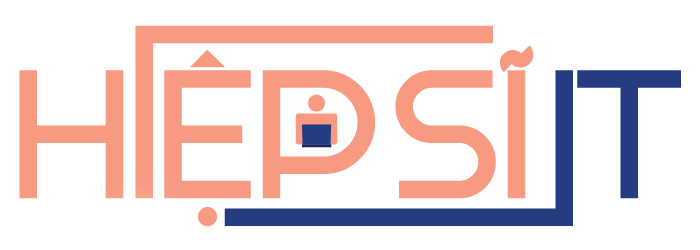The New Era of Earthmoving: Smarter, Safer Site Prep in Auckland
A decade ago, earthworks on a residential or light commercial site were a bit more rough and ready—get a digger in, make it level, shift the spoil. These days? Things have changed. Whether it’s council compliance, environmental controls, or just tighter sites, Auckland earthmovers are adopting new tools and smarter workflows to get the job done better.
From what I’ve seen on site, we’re moving into a new era—one where technology, safety, and planning are just as important as horsepower. And for builders, developers, or even homeowners managing site prep, understanding that shift is key to running a smoother project.
Smarter Tools, Better Results
One of the most noticeable changes I’ve seen is the way machines are now integrated with digital planning. Gone are the days of staking everything out by hand and hoping it matches the plan.
1. GPS-Guided Machines and Laser Levels
Some of the more experienced Auckland earthmovers now run GPS-controlled diggers and laser grading tools—especially for large pads or projects with tight tolerances. These systems:
-
Reduce over-cutting and the need for rework
-
Improve drainage flow accuracy
-
Help keep excavation exactly to plan
It also means less back-and-forth between trades. The cut’s right the first time, and everything that follows fits exactly how it should.
Safety Is No Longer Just a Box to Tick
We all know that working around heavy equipment comes with risks—but the culture on site has shifted. Safety isn’t just about hi-vis and steel caps anymore.
2. Site Hazard Identification
The best earthmoving crews I’ve worked with start by walking the site and identifying hazards: slope instability, overhead lines, buried services. They’ll rope off danger zones, mark out safe working paths, and ensure everyone understands how the machines will move.
3. Communication Protocols
On shared sites, communication is everything. I’ve seen earthworks teams use radios, daily site briefings, even WhatsApp groups to coordinate movements—especially when working alongside builders, scaffolders, or plumbers. Less confusion = fewer accidents.
Environmental and Compliance Considerations
In Auckland, environmental compliance has become a much bigger part of earthworks—especially with more subdivisions, tighter urban infill projects, and council oversight.
4. Erosion and Sediment Control
Smart earthmovers now factor in silt fences, sediment ponds, and even weather-activated delays to avoid runoff and damage to neighbouring properties. I’ve seen projects delayed by inspectors because this wasn’t handled properly. It’s not just a paperwork issue—it’s about protecting the site and reputation.
5. Material Management and Cleanfill Strategy
Waste minimisation is another focus. Reusing fill where possible, separating spoil types, and planning efficient trucking routes all reduce costs and environmental impact. A good crew will plan this before the machines start—not after the tip fees pile up.
A Better Experience for Everyone
What stands out most about today’s earthworks teams is how much more collaborative they’ve become. Builders, engineers, clients—we’re all brought into the process earlier and kept in the loop throughout.
On a recent project in Albany, the earthmoving team ran a 30-minute pre-start with every trade. They outlined movement zones, machine schedules, even who to call in case of delay. The job ran like clockwork—and I guarantee the builder will use them again.
Final Word
Earthmoving isn’t what it used to be—and that’s a good thing. The best Auckland earthmovers now combine tech, planning, and safety in ways that make site prep smarter, faster, and less risky for everyone involved.
So, if you’re still hiring earthworks crews based on availability alone, it might be time to update your approach. In this new landscape, smarter really does mean safer—and it saves you time, money, and stress from day one.

